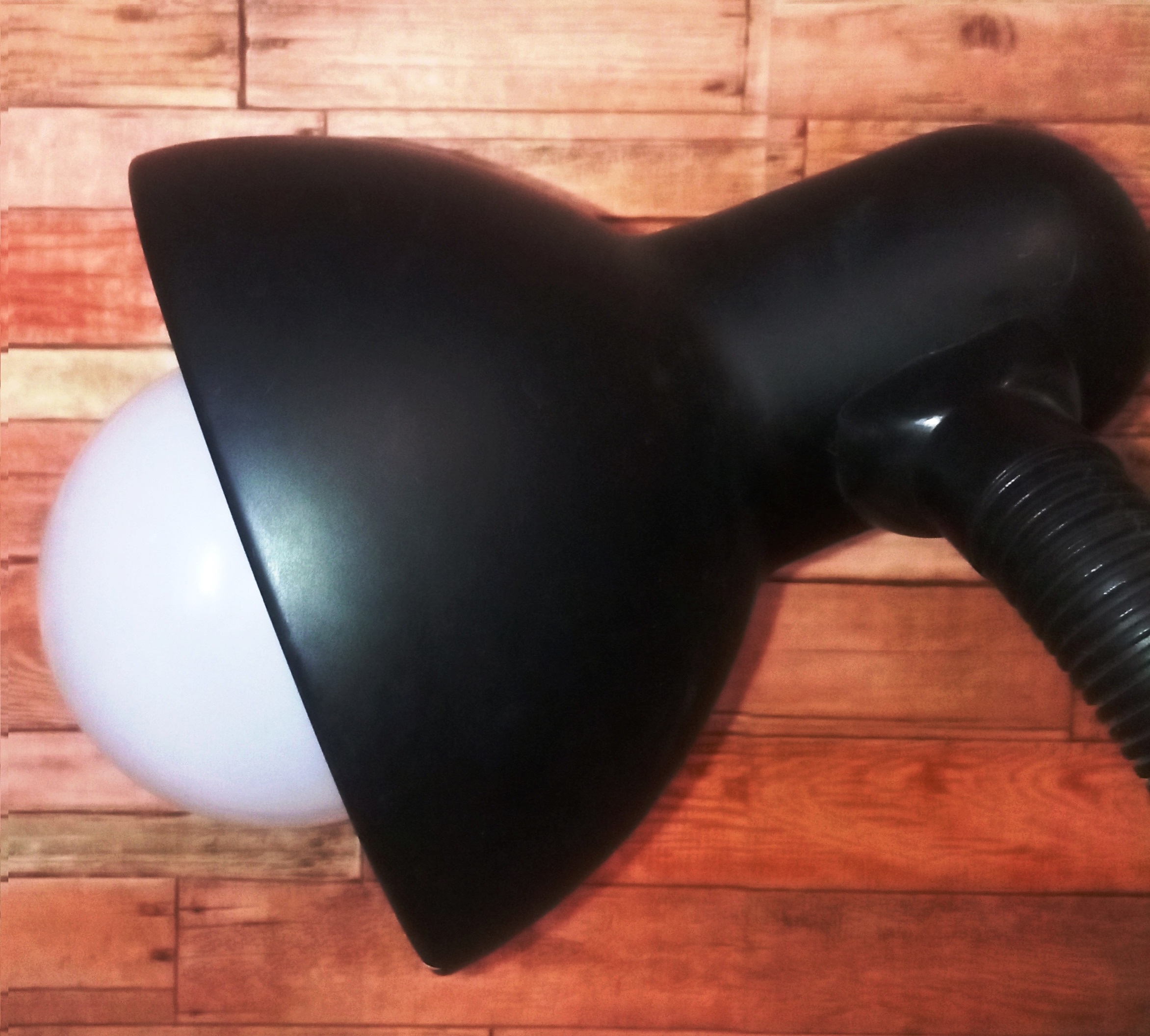How to choose a table lamp and use it effectively to maximize its benefits and convenience in operation:
Lamp Placement
A desk lamp or table lamp is a device that helps create comfortable lighting for your workspace. Choosing the right placement is crucial. The height of the desk lamp should be raised above the working surface by at least 30 cm. This allows for illuminating not only the working area but also provides adaptability for other tasks.The lamp itself should be positioned so that you are not directly in its light, but no more than 40-50 cm away from the working surface or book.For right-handed individuals, place the lamp on the left side, and for left-handed individuals, place it on the right to avoid shadows while reading or writing.If there is a monitor on the desk, the desk lamp should be higher than the screen.When working or studying, it’s essential to have both general lighting in the room and the desk lamp turned on. The desk lamp should not be the sole source of light.
Body Color
To stay focused on your work, choose a desk lamp with a body color in calming tones to avoid distractions from your primary tasks.
Bulb
Ensure that the lightbulb in the lamp does not protrude beyond the lampshade. This can strain your eye’s lens and retina.

When selecting a lightbulb, opt for warm or cool white light (color temperature). Cold light may cause discomfort.

Avoid using excessively bright lighting in desk lamps. An ordinary 40-60 Watt bulb or its LED equivalent of 4-6 Watts is often sufficient. The minimum light output is 300 lumens, with a recommended range of 500-600 lumens.
LED bulbs have several advantages:
- They are more environmentally friendly.
- They consume less electricity.
- They do not contain mercury, unlike energy-saving bulbs.
- They have a long service life.
- They are eye-friendly.
Overall, choosing the right desk lamp and using the appropriate lightbulb can significantly impact your productivity and visual comfort in your workspace.